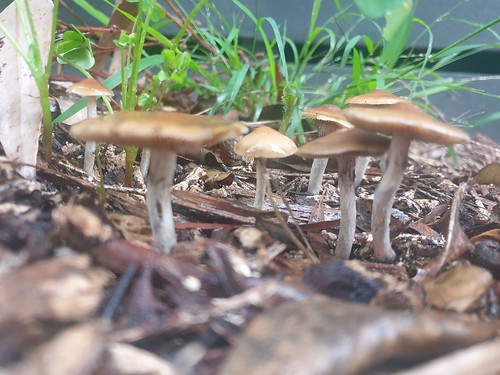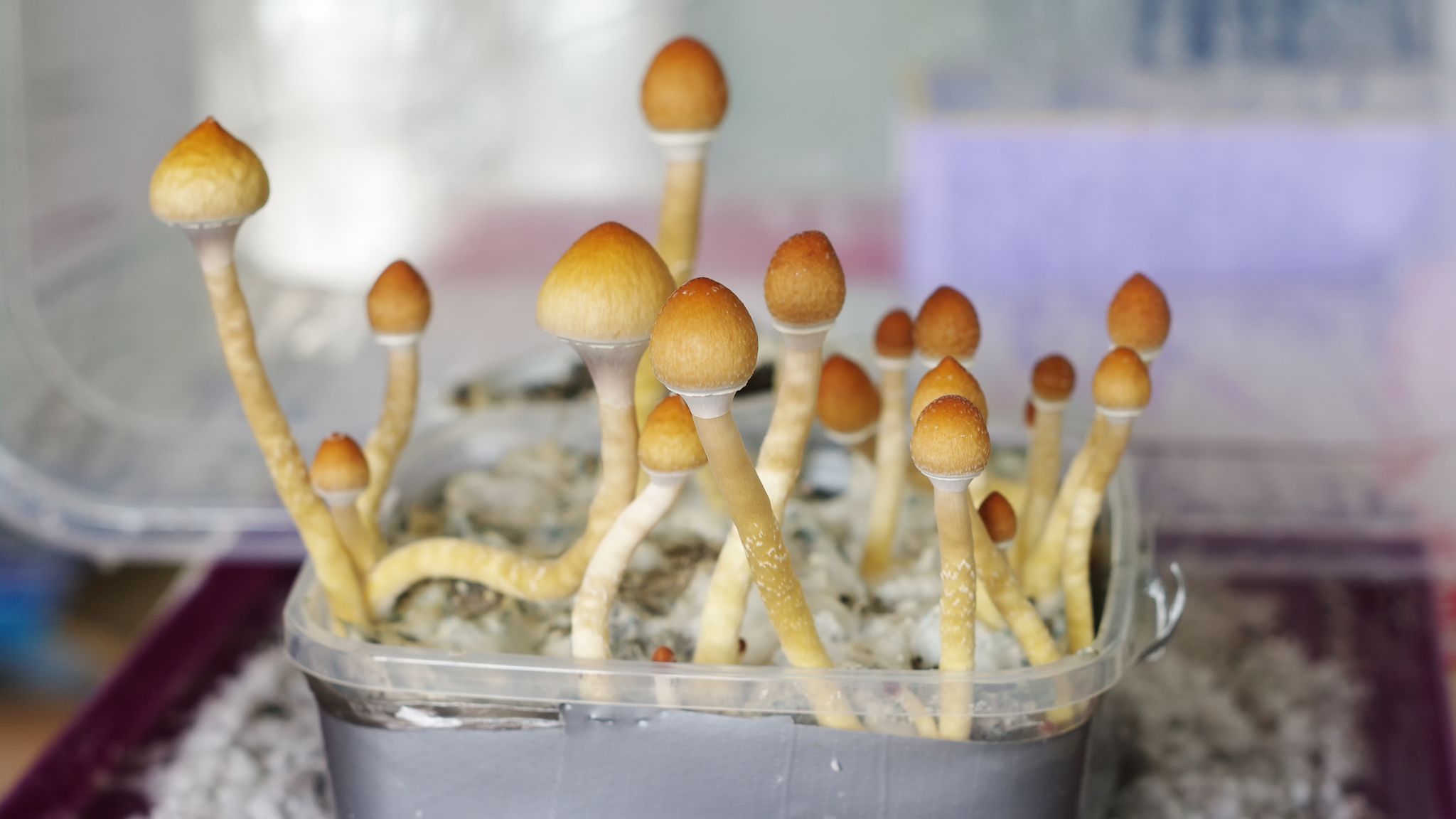
 It is possible to use mushroom spores for creating art. The spores can be painted using lacquer or hair spray. They then apply glitter or other material. They are perfect to decorate any space and look great when displayed on the walls. Plus, you can make spore art by using your imagination. This article should give you some suggestions about how you can make use of these incredible little gadgets.
It is possible to use mushroom spores for creating art. The spores can be painted using lacquer or hair spray. They then apply glitter or other material. They are perfect to decorate any space and look great when displayed on the walls. Plus, you can make spore art by using your imagination. This article should give you some suggestions about how you can make use of these incredible little gadgets.
Scientists looked at the motion of the spores of mushrooms to discover their characteristics. Scientists utilized powerful microscopes, far more powerful than what you use in science class. They also placed the mushrooms inside a specimen chamber with air flowing through it to control the environment. To test what would happen, they changed the humidity levels and the amount of water in the air. Scientists were able to figure out if the spores from the mushroom were more aerodynamic.
The fungus produces sugars near the tip of the appendix. The sugars they produce tend to draw water from their surroundings. The sugar sheen can encourage condensation on the appendix of the hilar in humid conditions. Buller’s Drop, tiny water drop that is formed on the surface of the spores due to the sugar sheen can also be formed by the sugar sheen.
There’s no need to wait until it’s early to start growing mushrooms.
The spores are quite delicate. It is best to stay away from touching the spores in order to protect them. If you are dedicated to the growth of mushrooms You can also use an app that keeps track of your observations and recommends species for you to examine. It’s simple to use! You don’t have to wait until it’s too early to start growing mushrooms. There are many options to get started cultivating mushrooms! Try inoculating your area with spores by using sugar on the substrate.
Another method to study the dispersal of spores in a mushroom is by studying the water droplets in the fungus. They are small however, they are still able to display the highest degree of complexity. For instance, psilocybin mushroom spores the most tiny ballistospores, with a mass of just 0.6 per cent, are created by a small number of species. Hyphodontia latitans, for example is a species that releases spores from the inside of the basidome.
Another method is to make spore prints. To do this, you need a mushroom cap that has been fully matured. You then place the gills down onto an tinfoil sheet. To stop air currents from carrying away the spores place the paper on top of it. The spores will begin appearing within 6 to 12 hours.
If you’re uncertain about a buy magic mushroom spores‘s species, it is possible to print spores by the identification of its hyphae. It is necessary to have an instrument to make this. Many people don’t have spare microscopes, and also don’t have access to microscopes. If you do have a microscope, make spores of mushrooms on the slide of a microscope.
In the process of dispersal, the spores are released from the pileus onto an area that is surrounded by liquid that is chilled by the surrounding ambient temperature. This is referred to as a ballistospore release and it depends on the basidiome’s shape. This will not be effective when the spores are pushed onto the opposite gill surface. Nevertheless, it has been proved that spores produced by gilled mushroom can be transported for short distances and without changing their shape.
Many benefits can be derived from mushroom spores, such as being an essential source for cloud condensation nuclei which assist in the formation of raindrops. Raindrops that fall on the cap of the mushroom may carry new spores into space and later become rain. There are numerous other benefits from spores of the mushroom, so you should think about them in your next culinary project. It’s also beneficial for the environment.
 The best way to grow mushrooms is from spores. For this reason mature gills mushroom are preferred. However, mushrooms that are not Gilled are less likely to make spores. They should also be gilled and poreless. The spores of a mushroom typically start to develop when the mushroom has reached its expiration point.
The best way to grow mushrooms is from spores. For this reason mature gills mushroom are preferred. However, mushrooms that are not Gilled are less likely to make spores. They should also be gilled and poreless. The spores of a mushroom typically start to develop when the mushroom has reached its expiration point.
The distance to disperse spores depends on its growing environment and the fungus’s habits. Certain types of mushrooms may be able to spread its spores using external wind, while another could depend on the winds generated by its pileus. This can aid spores spread in low-wind environments. The distance at which mushroom spores travel may also be altered by the fungus. The distance at which spores travel is influenced by the size of the gap, the arrangement of the pileus, and temperature gradients.